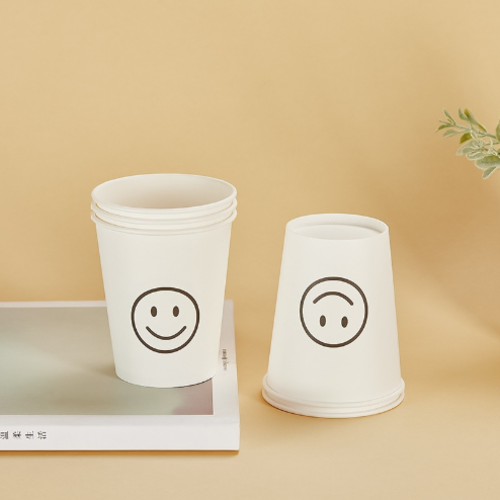Understanding Business Card Prices What You Need to Know
In the fast-paced world of business, first impressions matter significantly. One of the key tools in establishing a professional image is the business card. However, when it comes to designing and printing business cards, many entrepreneurs and professionals often find themselves considering the various factors that affect business card prices.
1. Print Method
The method chosen for printing business cards greatly influences the price. Digital printing is typically more economical for smaller batches, making it a popular choice for startups and individuals who need a limited number of cards. Conversely, offset printing, which requires more setup time and resources, is cost-effective for larger quantities. Understanding your needs and estimating how many cards you will require can help you choose the most appropriate and budget-friendly printing method.
2. Material Quality
The type of material used to make the business cards also affects their price. Standard cardstock can cost as little as $10 for 100 cards, while high-quality options like textured or recycled cardstock can increase costs significantly. Premium materials, such as plastic or metal, can elevate your business cards to a whole new level but will, of course, come at a higher price point. Consider the image you wish to convey when selecting your card material—sometimes, investing in a higher-quality card can be worth the expense if it reflects your brand effectively.
3. Customization and Design
business card prices

Customization plays a crucial role in determining the costs of business cards. Basic and standard designs might be available at lower prices, but as you delve into custom graphics, unique shapes, or innovative finishes such as embossing, foil stamping, or die-cutting, the price can escalate quickly. Hiring a professional designer can add additional costs but may ensure that your business card stands out in a competitive market. Balancing creativity in design with budget constraints is essential for maximizing the impact of your cards.
4. Quantity and Bulk Orders
Generally, the price per card decreases significantly with larger orders. It’s worthwhile to assess your requirements and consider ordering in bulk if you find yourself regularly networking. Many printing companies offer tiered pricing that rewards those willing to invest more upfront. However, it’s crucial to realistically evaluate how many cards you’ll need over a given period to avoid overproduction.
5. Additional Costs and Shipping
Finally, don’t forget to factor in any additional costs such as shipping, taxes, and potential design fees. These elements can contribute to the overall expense, especially if you’re ordering cards from an online provider that ships internationally.
In conclusion, understanding the various factors that affect business card prices is crucial for anyone looking to make a strong impression in the business world. By carefully considering print methods, material quality, design customization, order quantity, and additional costs, you can ensure that your investment in business cards aligns with your professional branding goals while staying within your budget. A well-designed business card can be a powerful marketing tool—invest thoughtfully, and it will serve you well in your networking endeavors.



